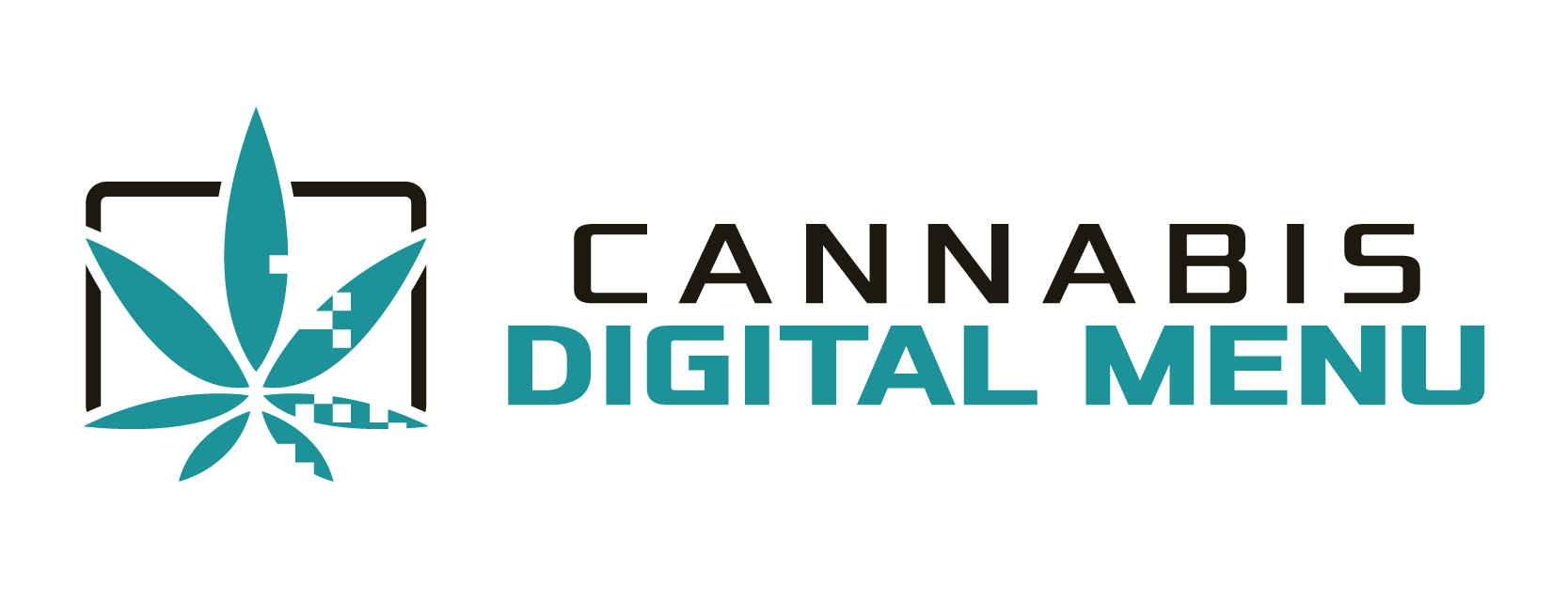In the fast-evolving cannabis industry, dispensaries are gaining a powerful new tool to better understand their customers: menu analytics. These insights — pulled from how consumers interact with digital menus online and in-store — are transforming how dispensaries manage inventory, pricing, product education, and even customer engagement strategies. By studying customer behavior on cannabis menus, retailers are learning not just what people buy, but how they shop.
Clicks, Searches, and Scrolls — It All Tells a Story
Every tap, scroll, and search on a dispensary’s online menu reveals something about consumer interest and intent. For example, a high number of searches for “edibles” followed by low add-to-cart activity may suggest the menu isn’t providing enough detail or the prices are too high. On the other hand, a product category like “live resin” that sees strong engagement and conversion may indicate both rising popularity and educated customers who know what they want.
Data collected from digital menu providers such as Jane Technologies, Dutchie, and Treez show that search volume, product views, and abandonment rates are key indicators of what’s working and what’s not. Real-time analytics help dispensaries quickly identify which products are gaining traction, which ones need a promotional boost, and which listings may be causing friction due to a lack of information or images.
Time of Day and Day of Week Matter
Behavioral trends also change based on time of day and day of the week. For instance, analytics frequently show a spike in browsing activity during weekday lunch breaks and in the evenings after work — suggesting customers prefer to shop online during free time and pick up later. On weekends, particularly Fridays and Saturdays, cart values tend to rise, signaling larger purchases before social gatherings or events.
This type of behavior analysis helps dispensaries fine-tune staffing levels, adjust daily specials, and push targeted promotions at optimal times — like flash discounts on popular products during high-traffic windows.
Product Preferences and Personalization
Menu analytics also uncover category trends. Are more customers opting for vapes over flower? Is there a growing demand for solventless extracts or CBN products? These trends help inform not only product stocking decisions but also personalized recommendations through AI-driven menus.
Personalization based on past purchases or browsing behavior can drive higher conversion rates. For example, if a customer frequently buys sativa gummies, the system might suggest a new tropical-flavored gummy with similar effects. Over time, this builds trust and loyalty.
Using Insights to Educate and Upsell
Sometimes, poor product performance isn’t about the product — it’s about lack of clarity. Analytics that show high bounce rates on a product page might signal confusion. Dispensaries can use this intel to add better descriptions, cannabinoid breakdowns, or staff picks. Smart dispensaries even use analytics to decide which products should get featured in blog content, on homepage banners, or highlighted in weekly emails.
Final Thoughts
Cannabis menu analytics offer more than just stats — they provide a window into what cannabis consumers are thinking, wanting, and avoiding. Dispensaries that harness this data can make smarter decisions, offer more personalized service, and ultimately build stronger relationships with their customers. In an industry where margins are tight and competition is fierce, those insights are no longer optional — they’re essential.
